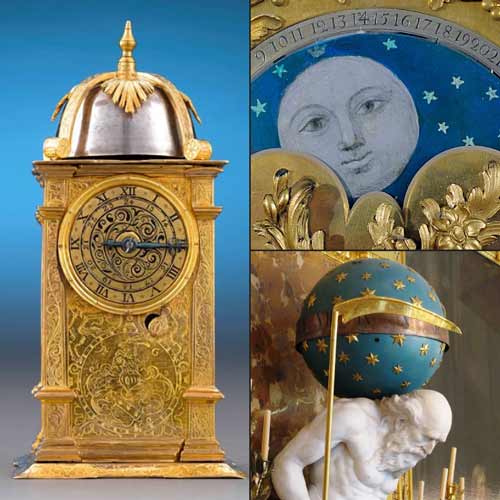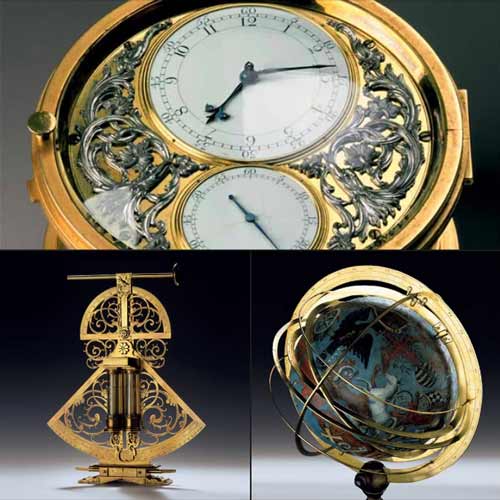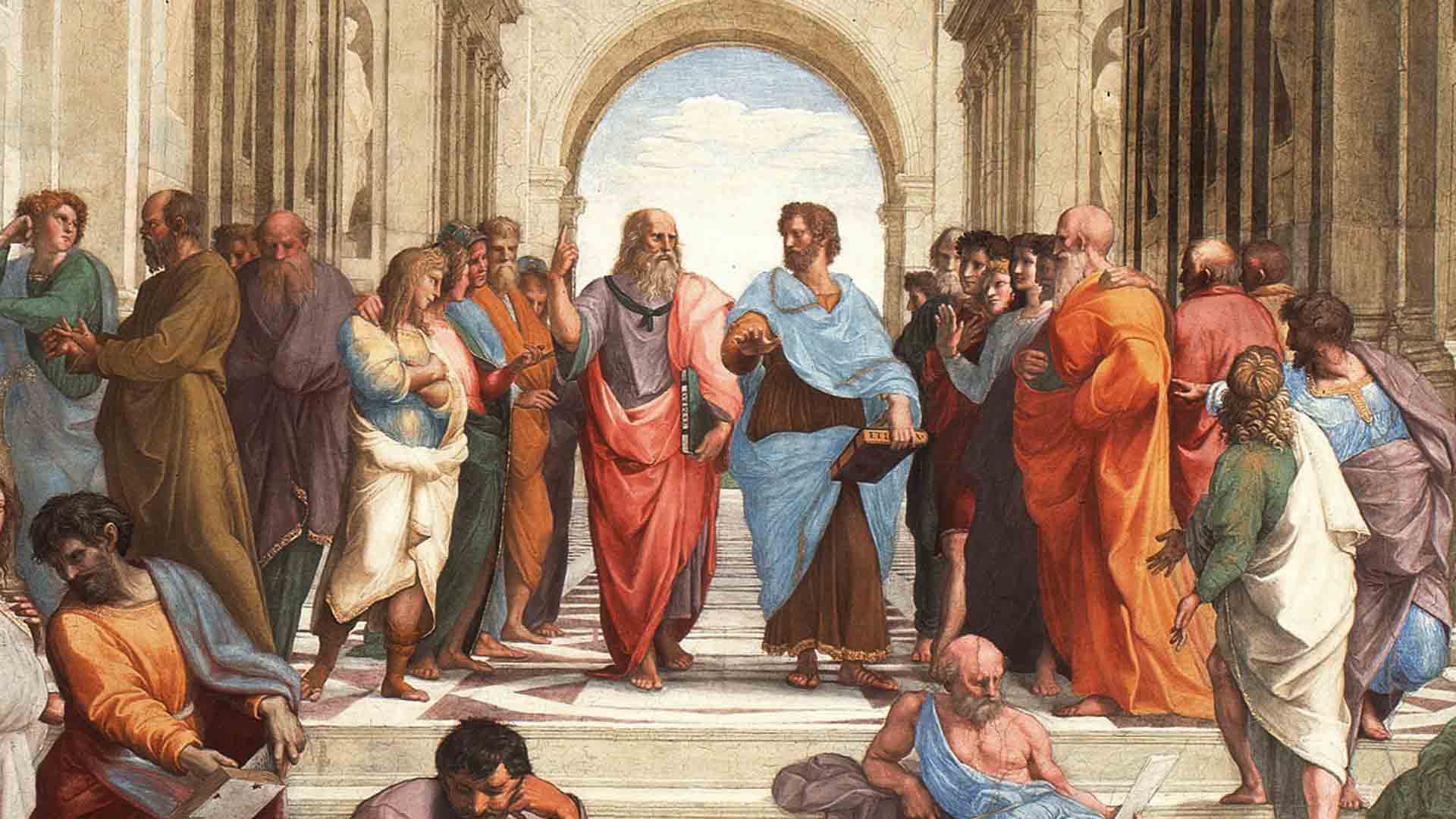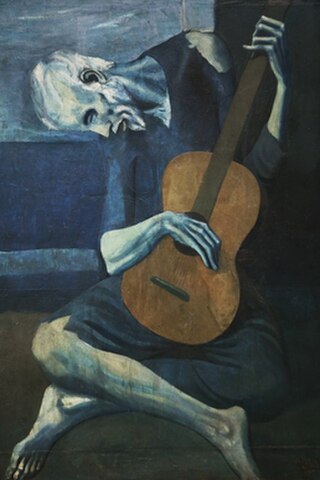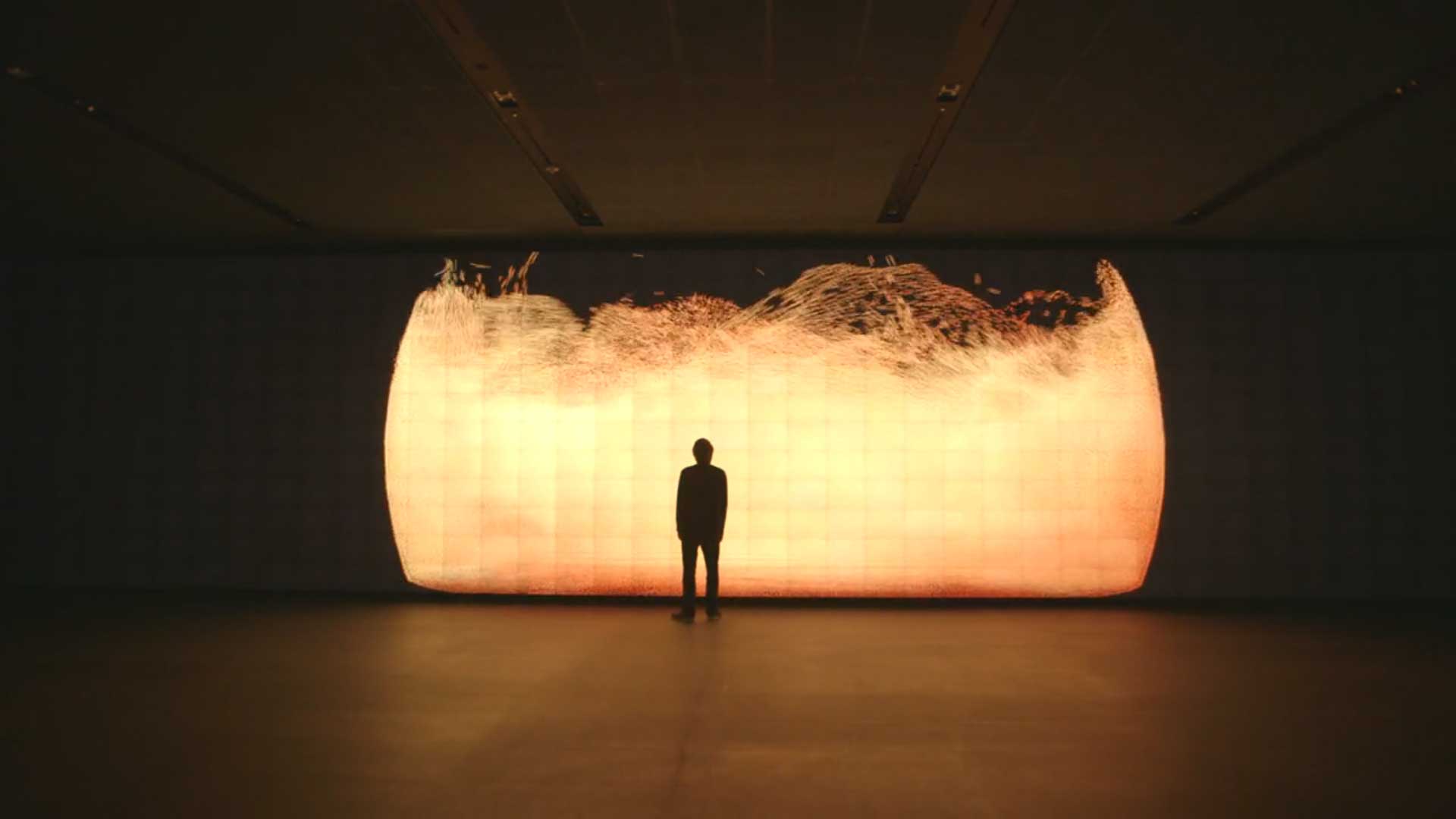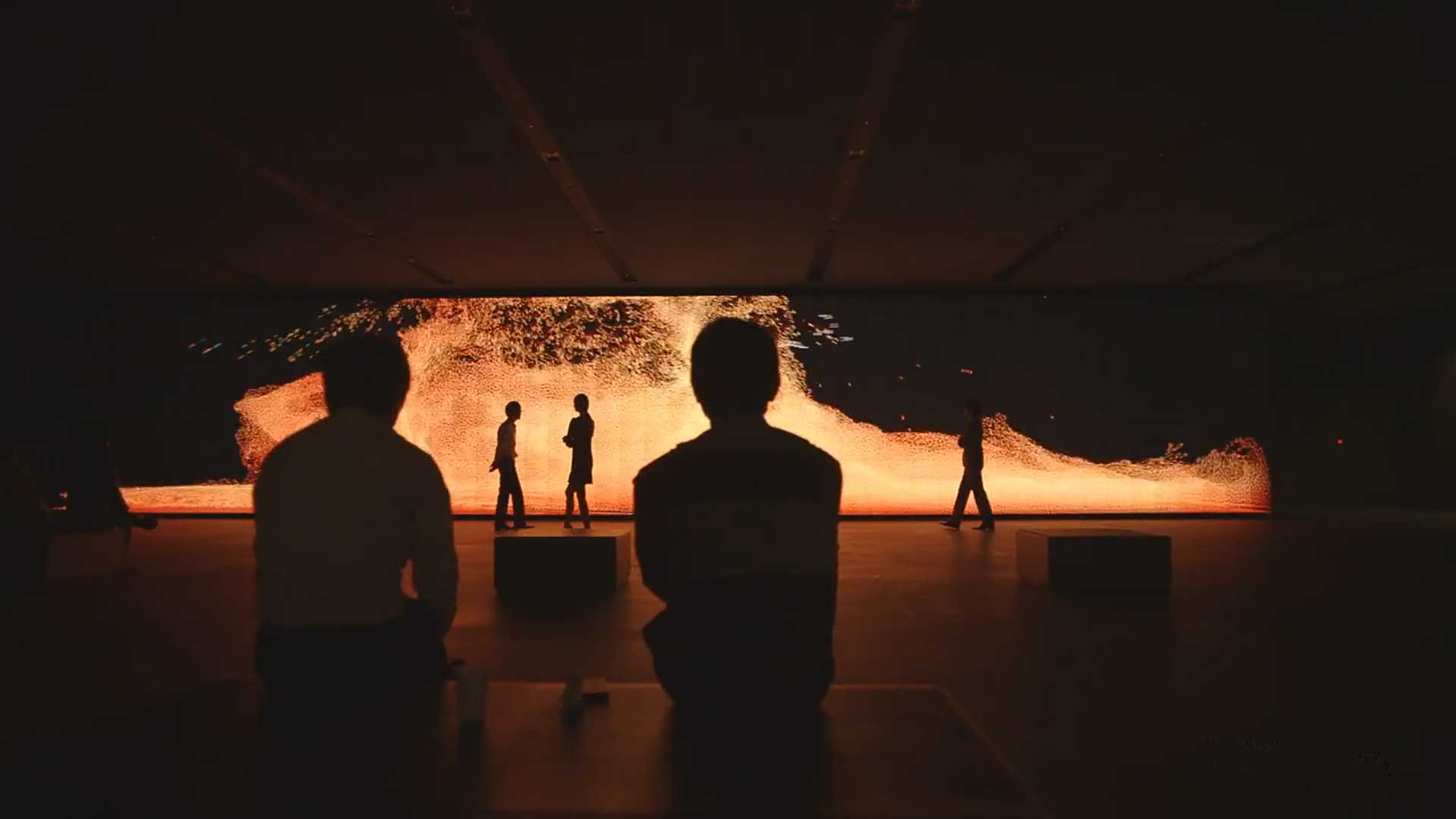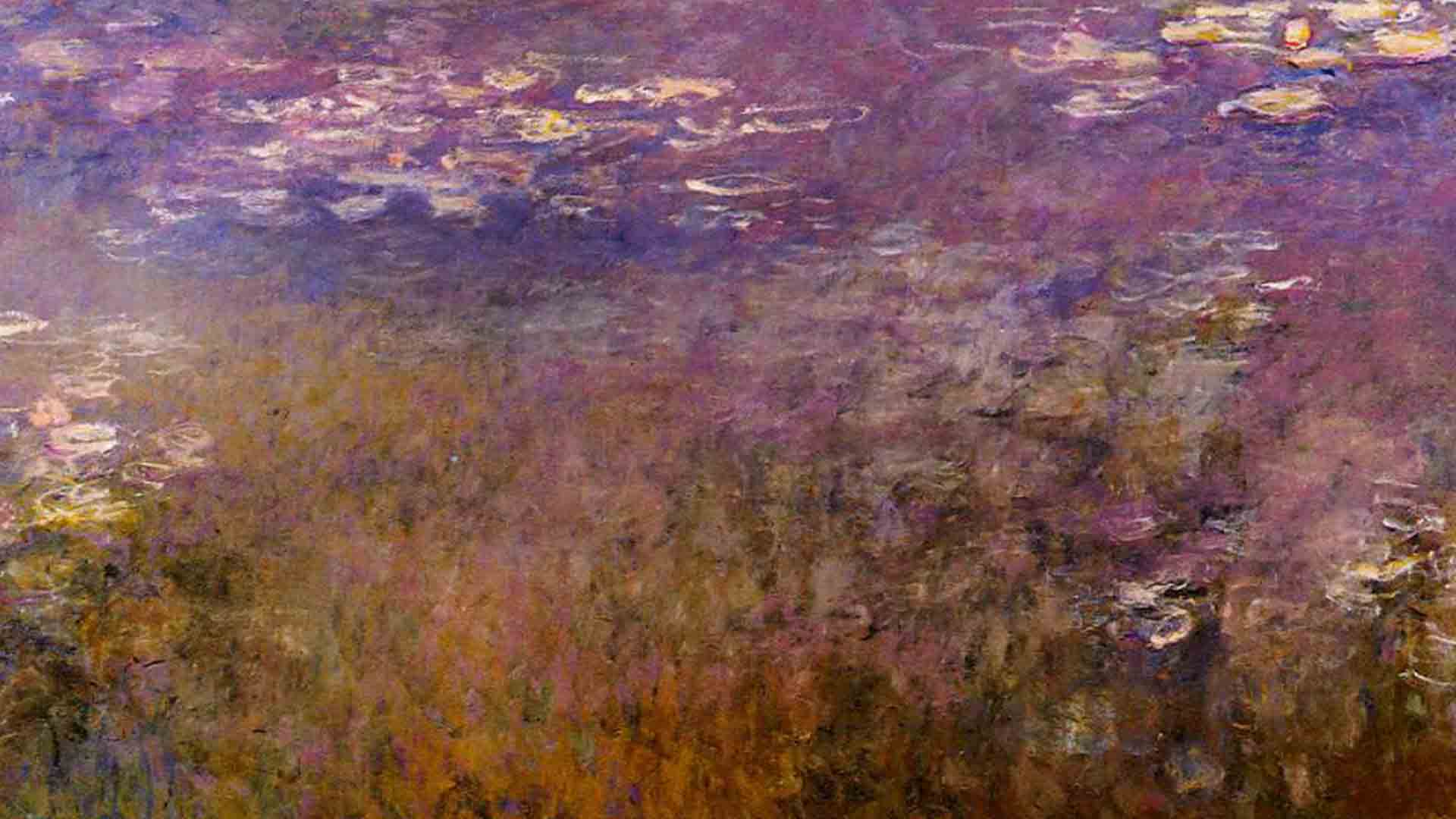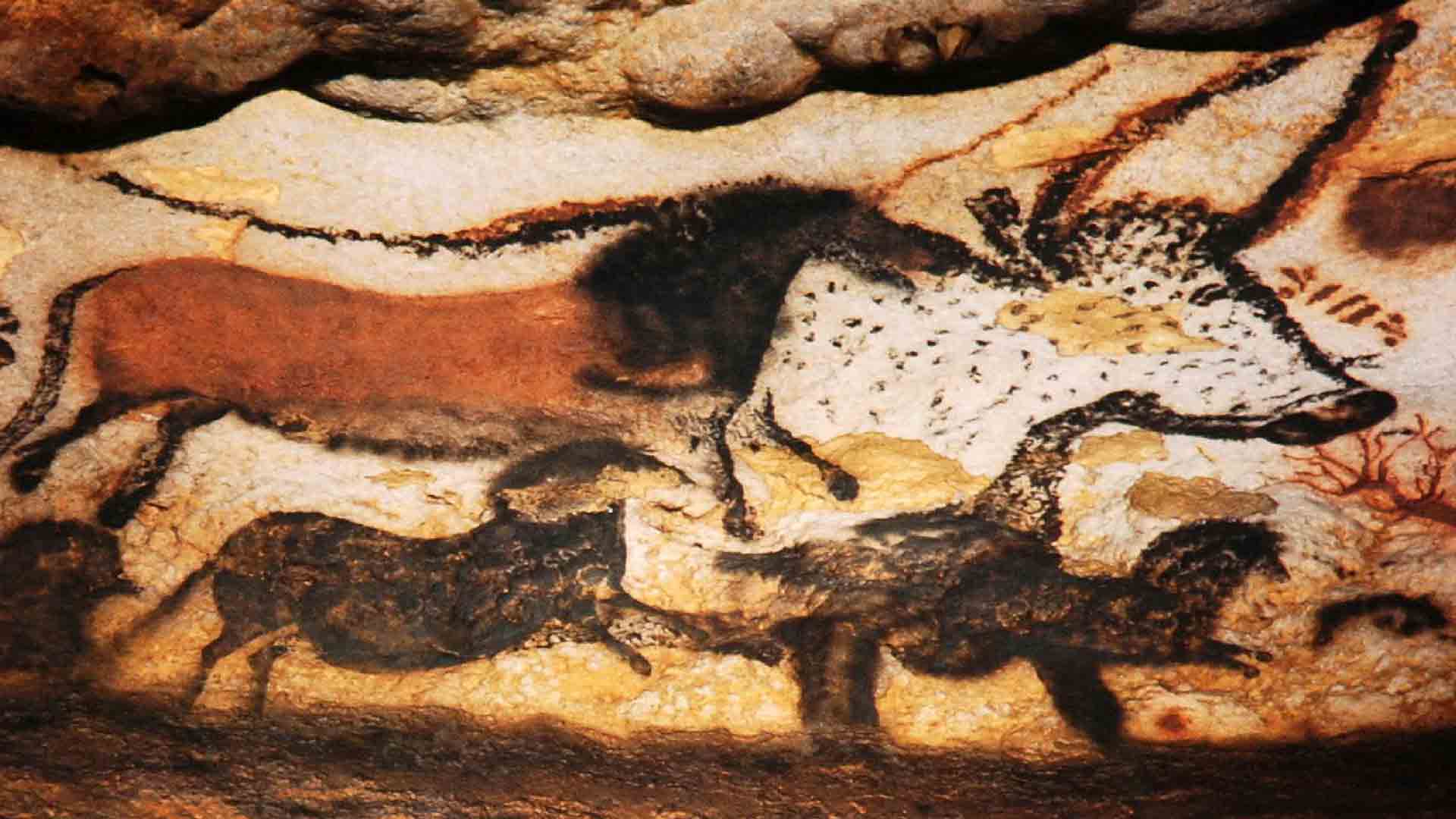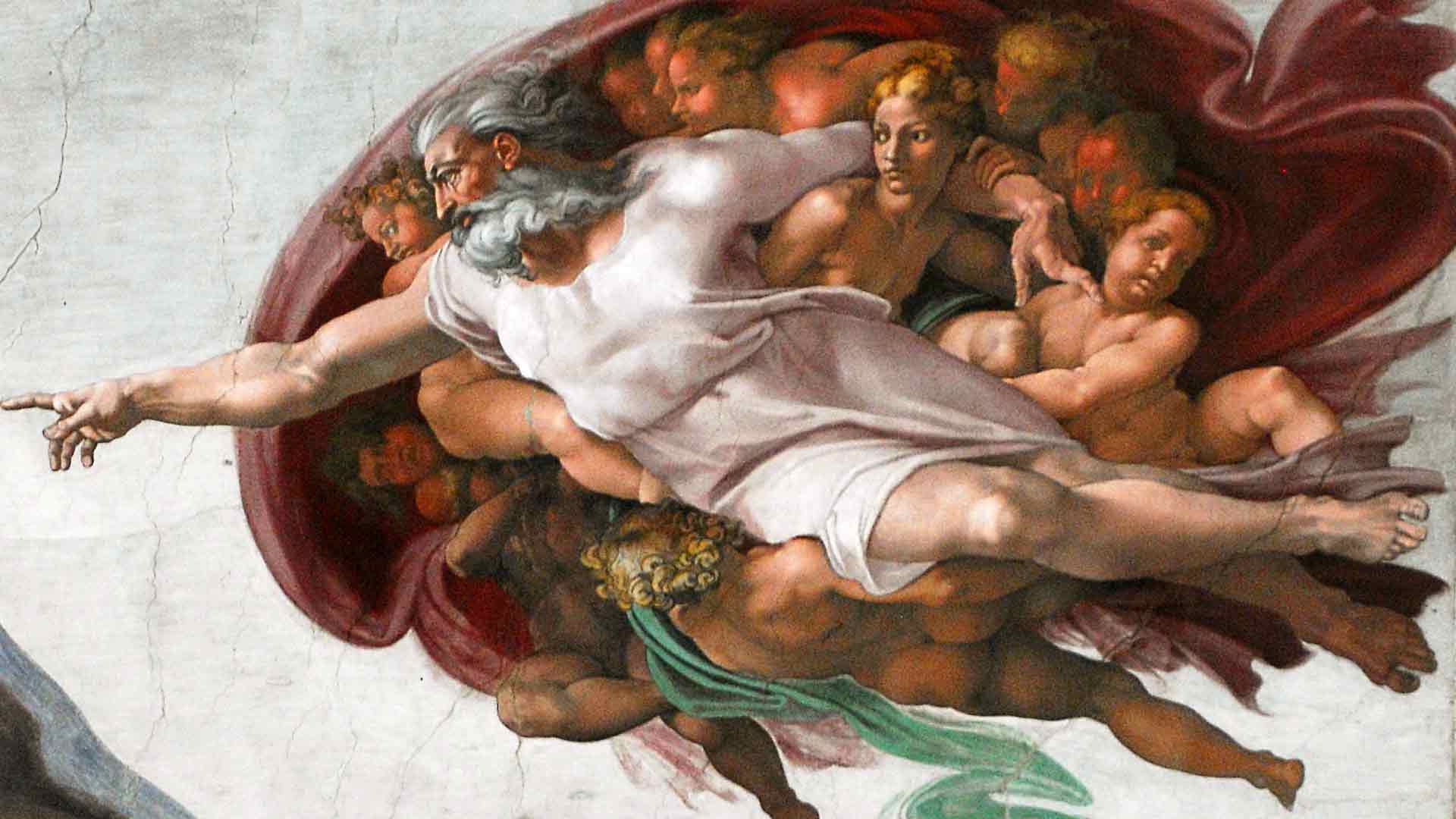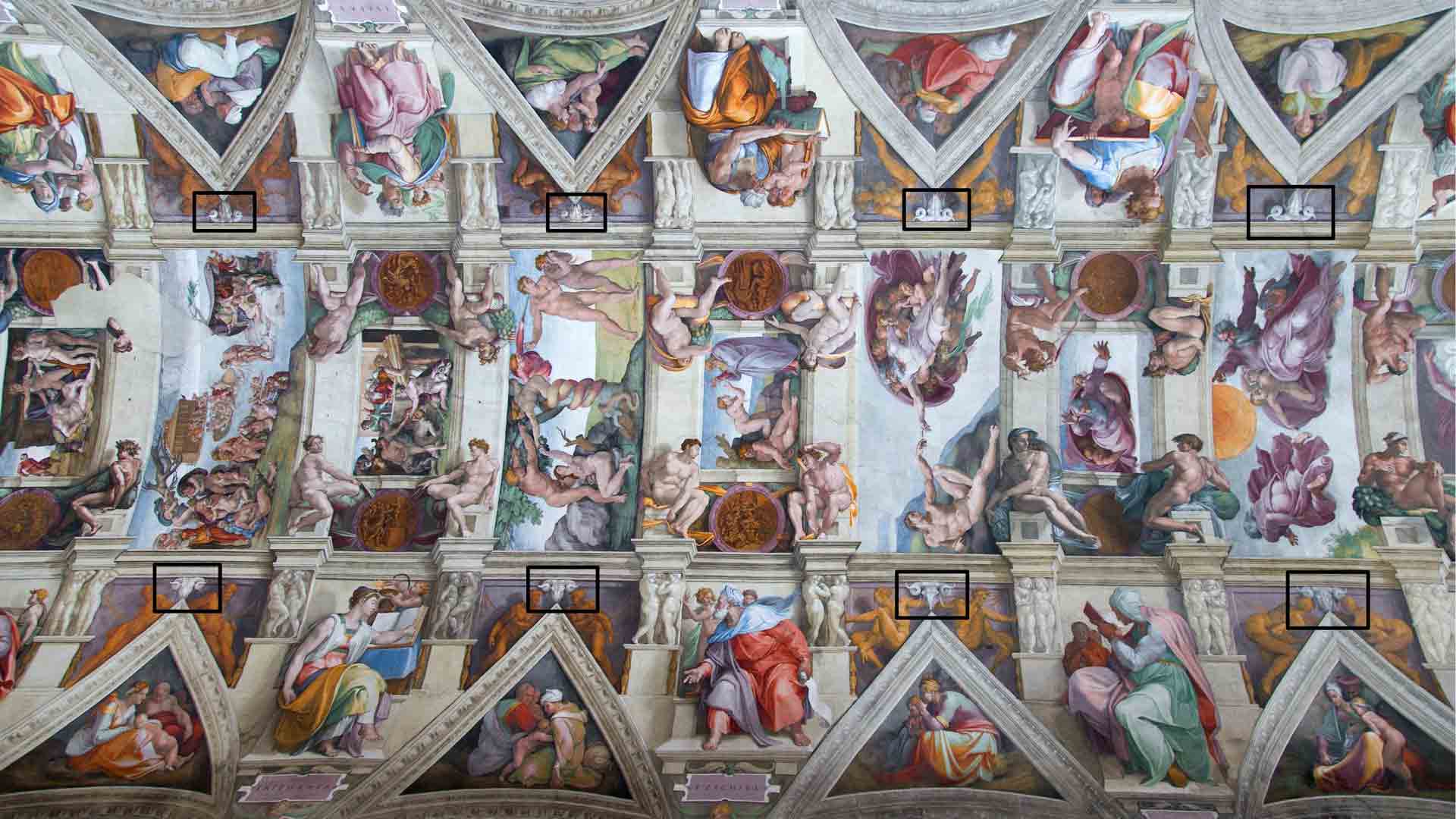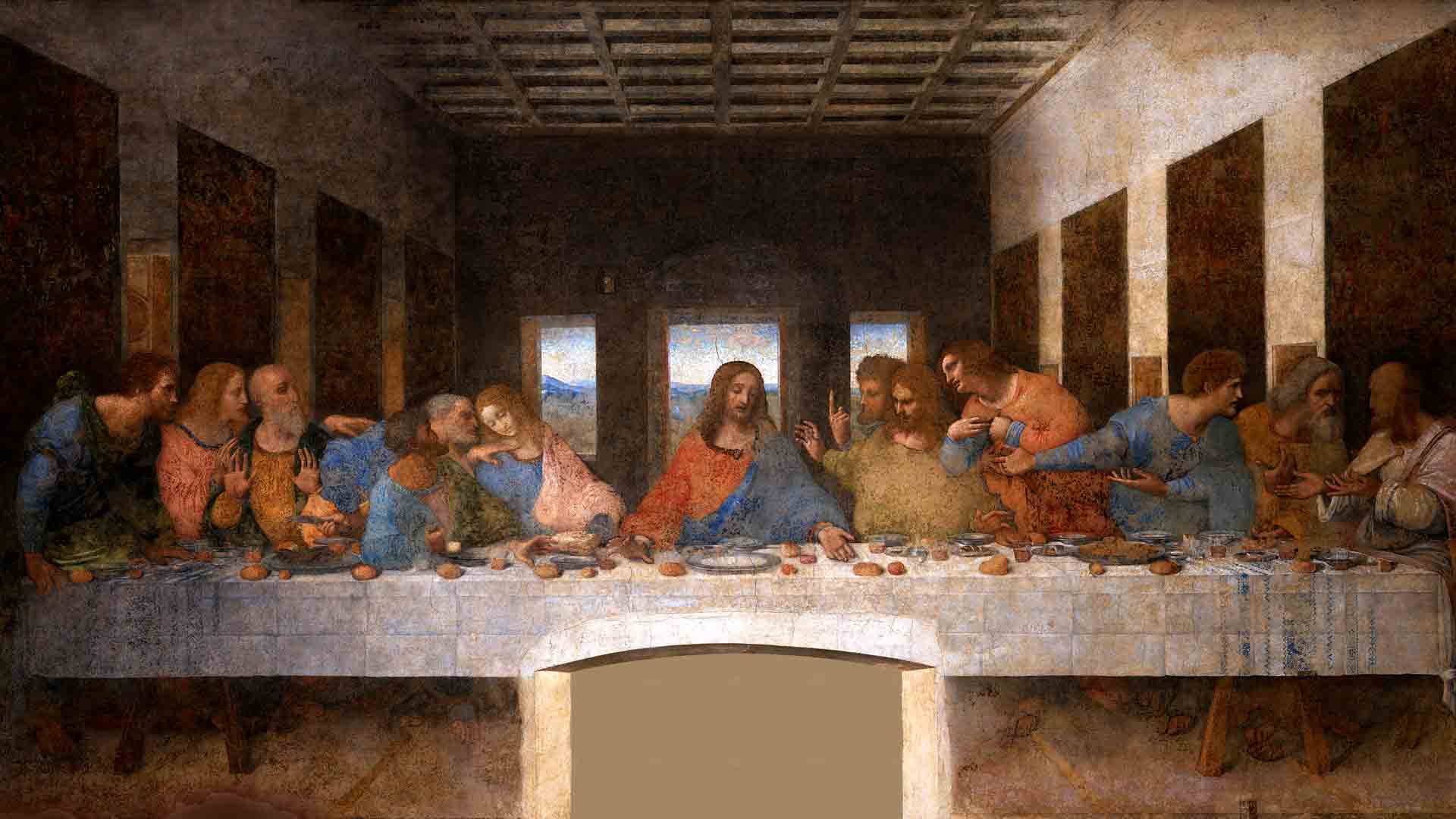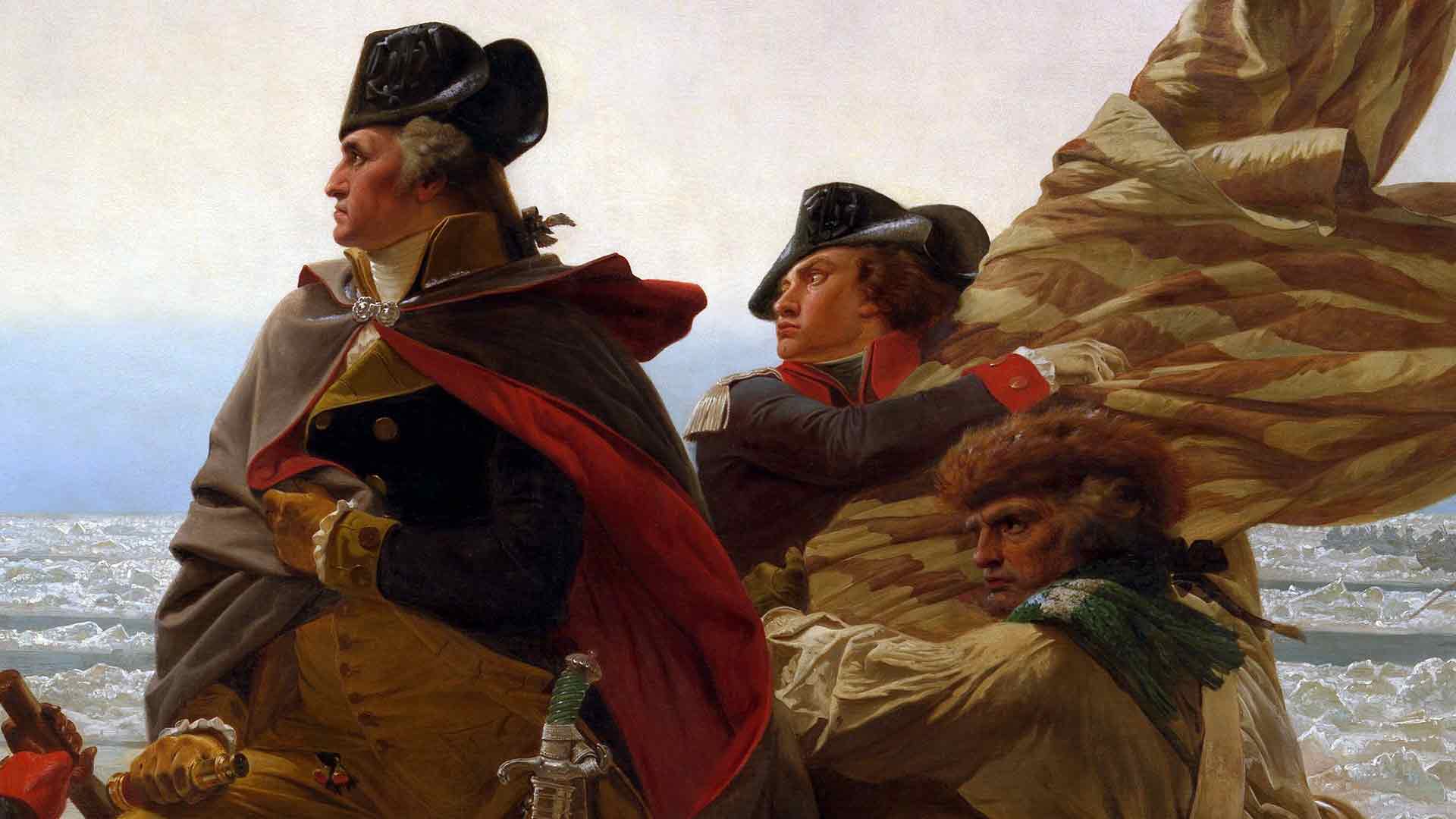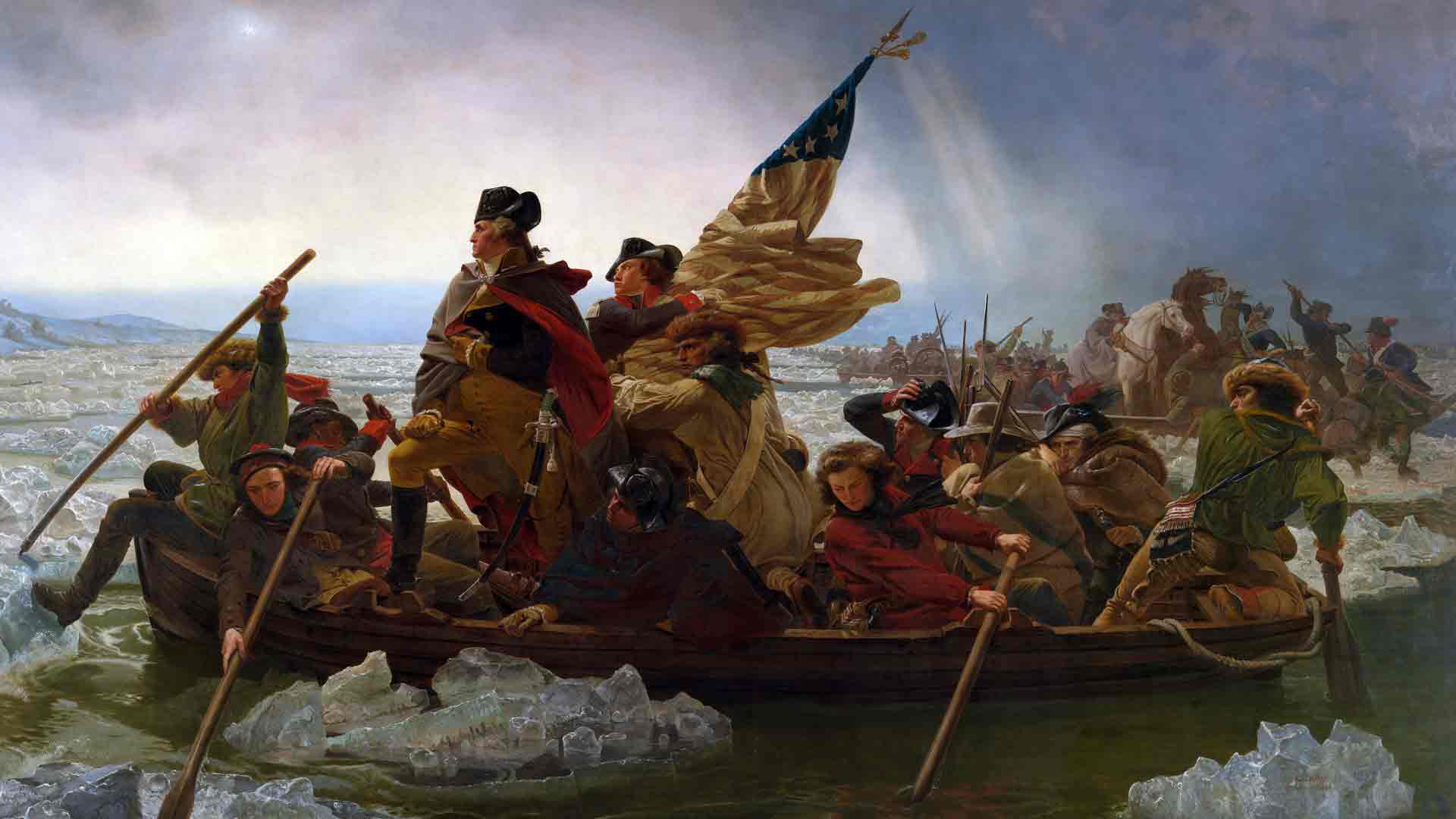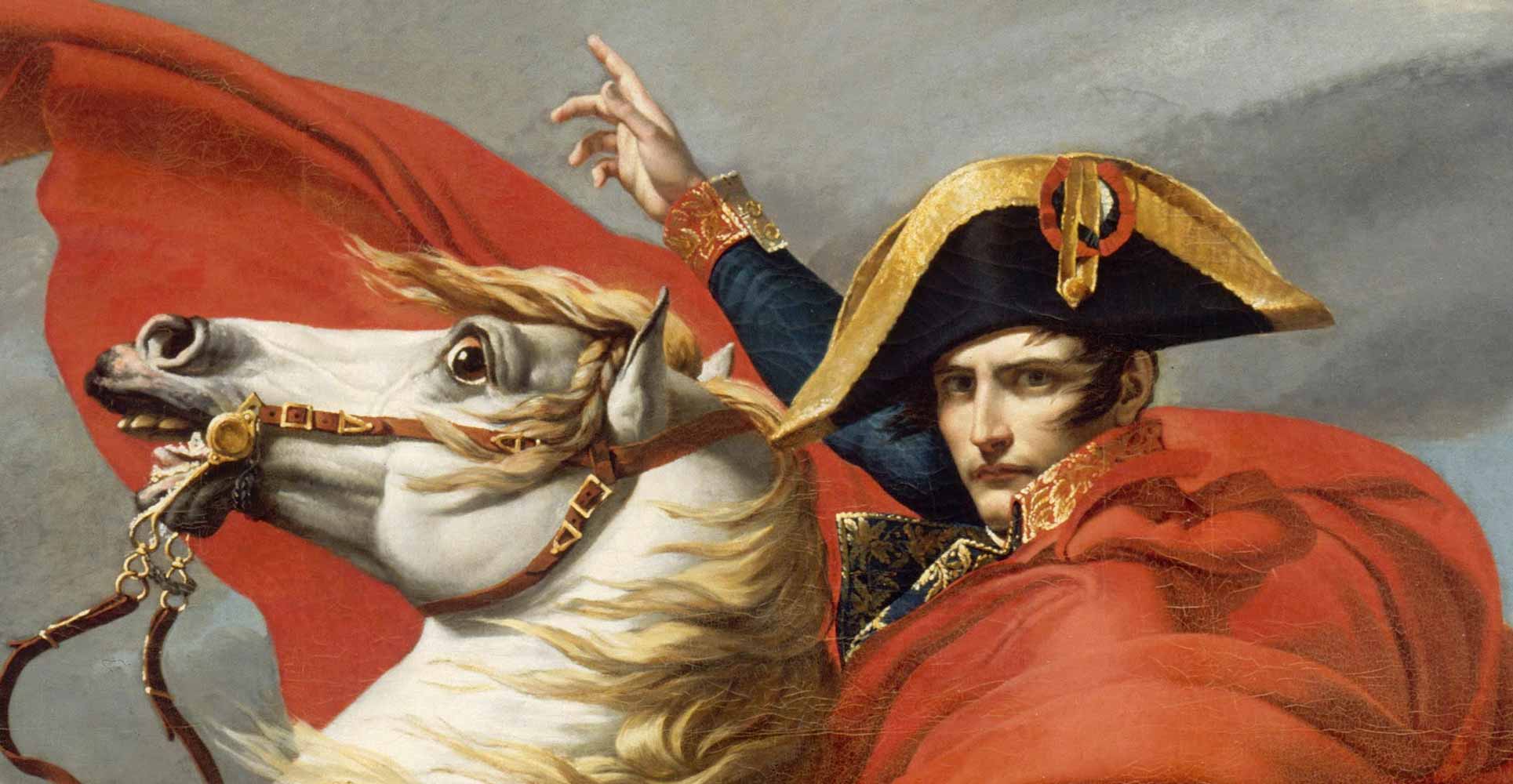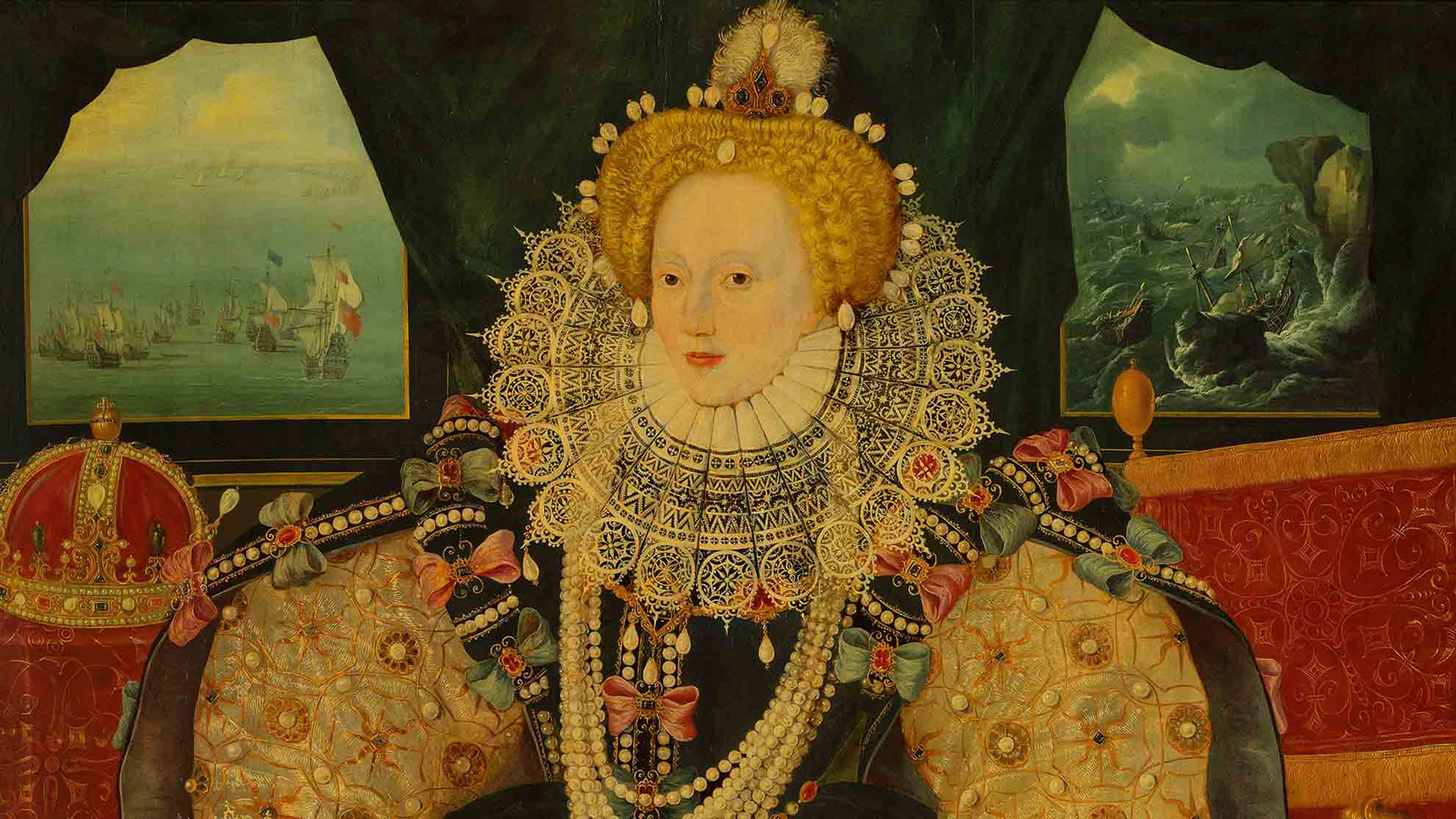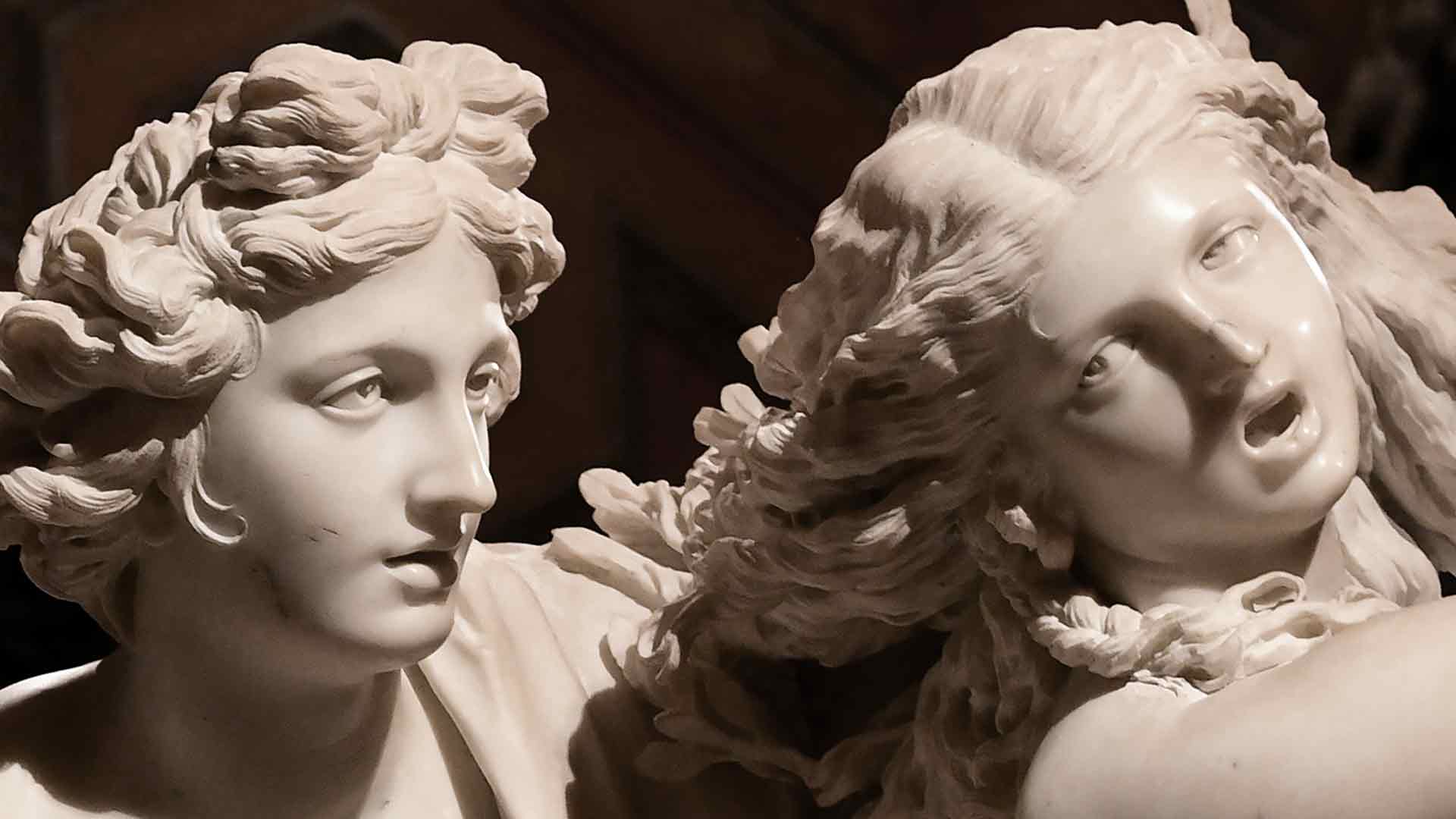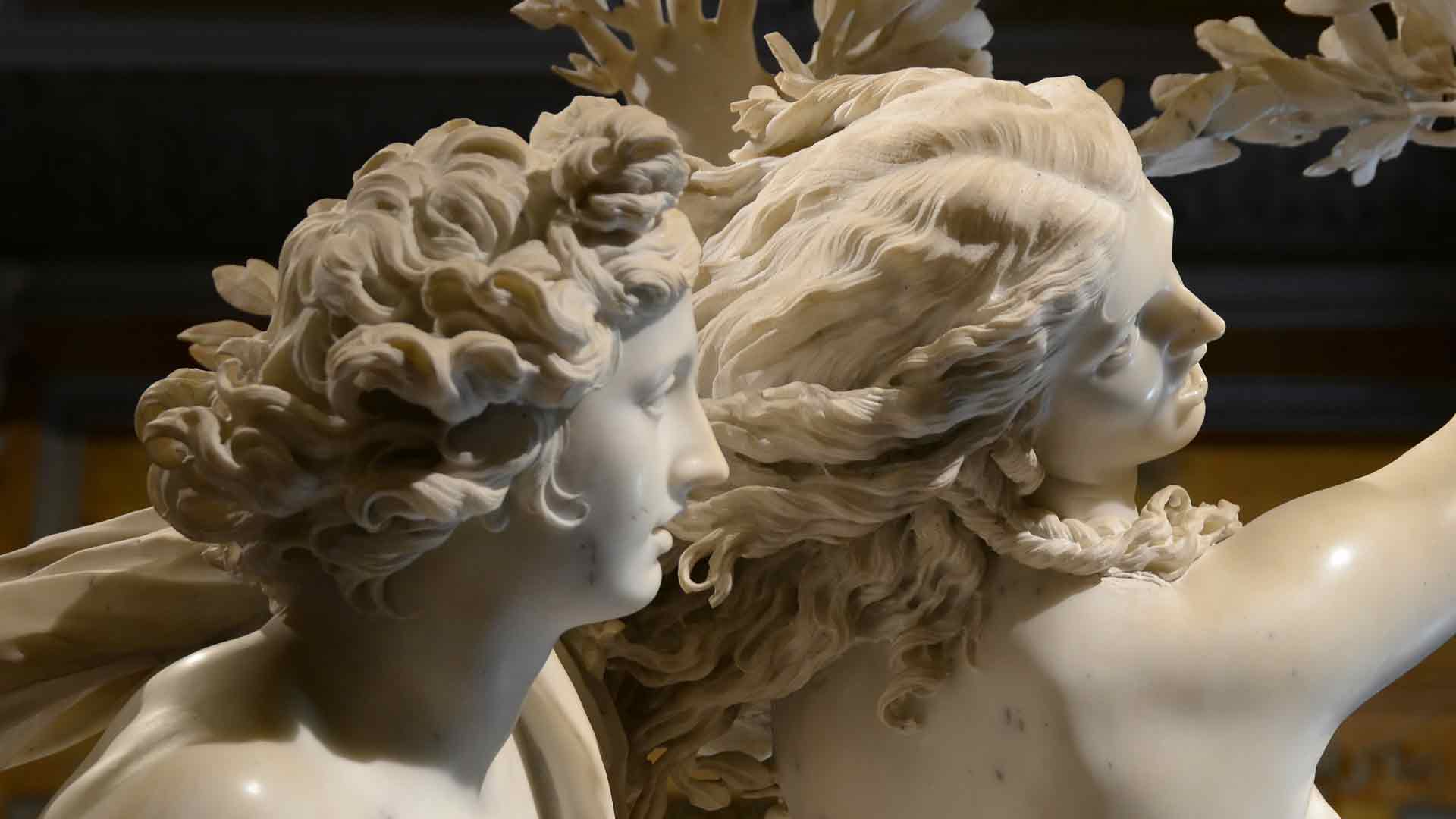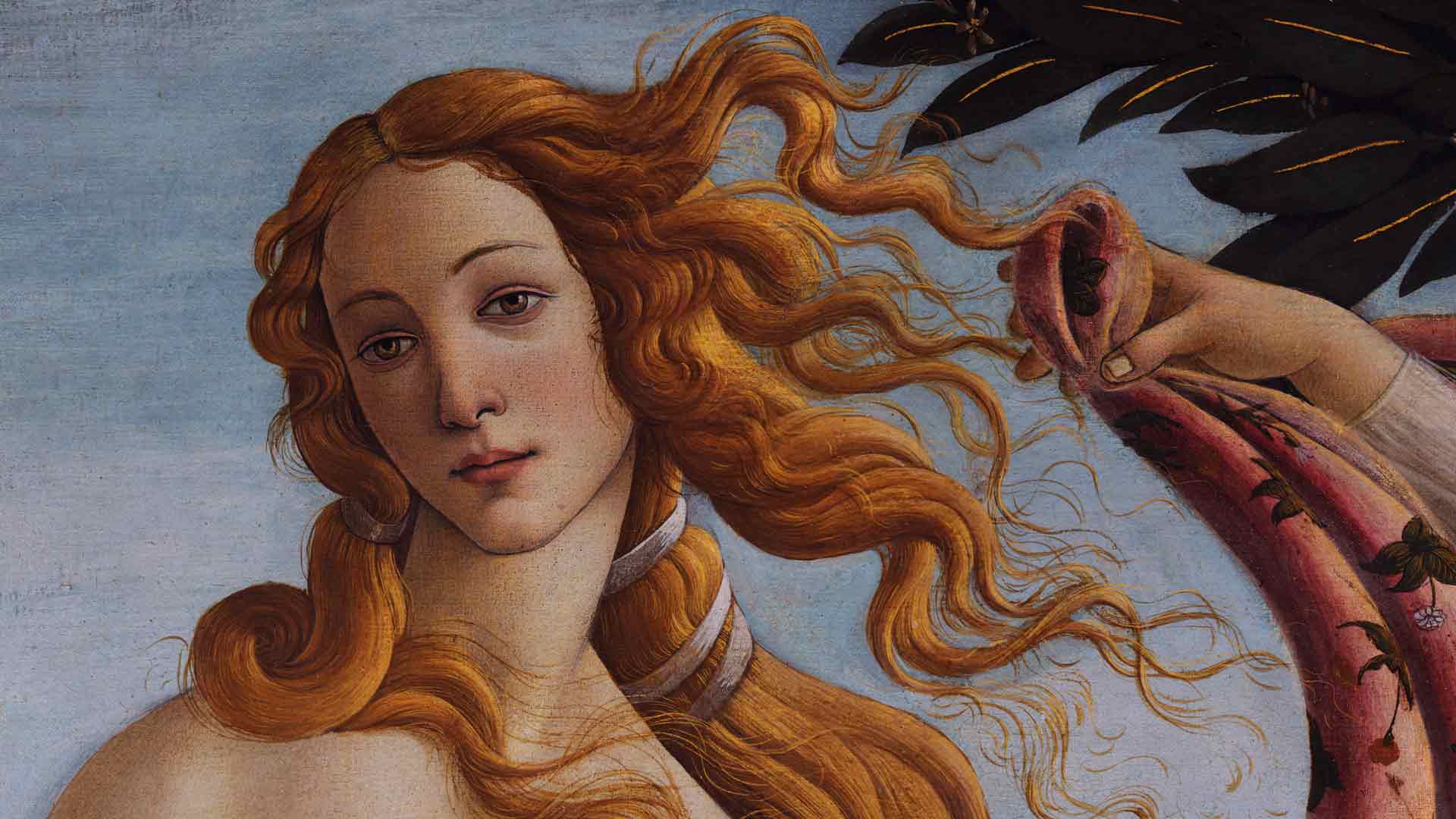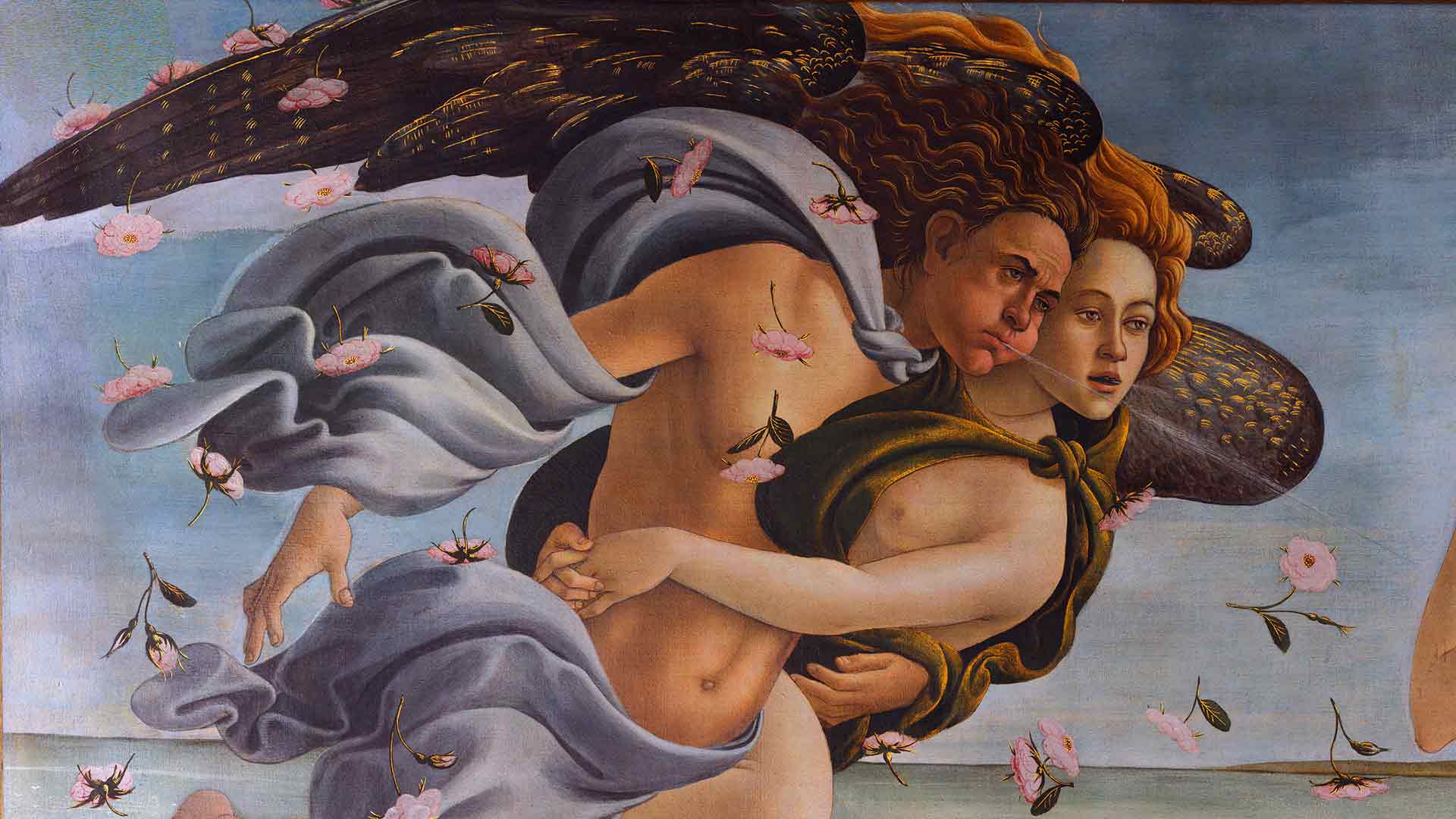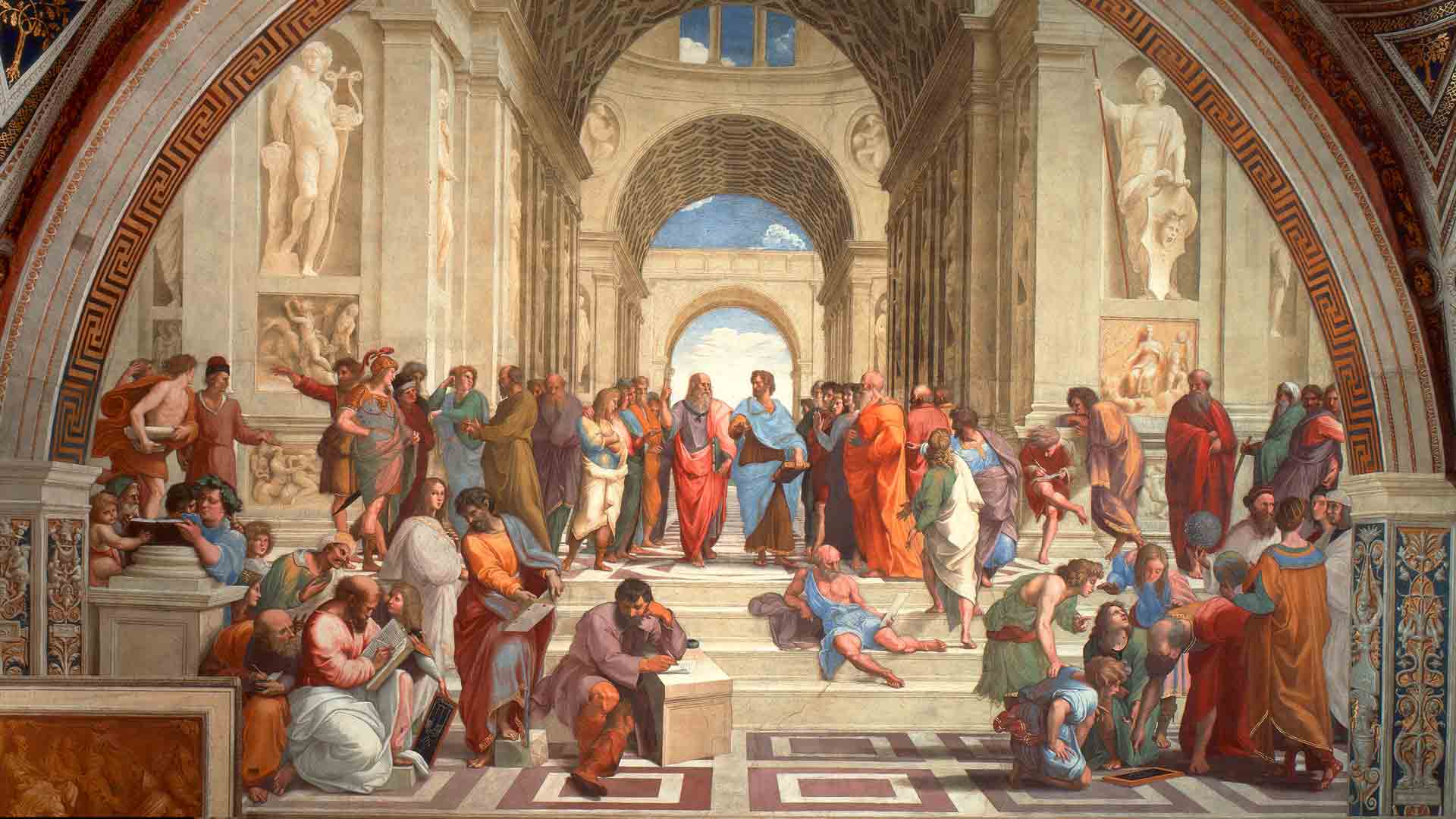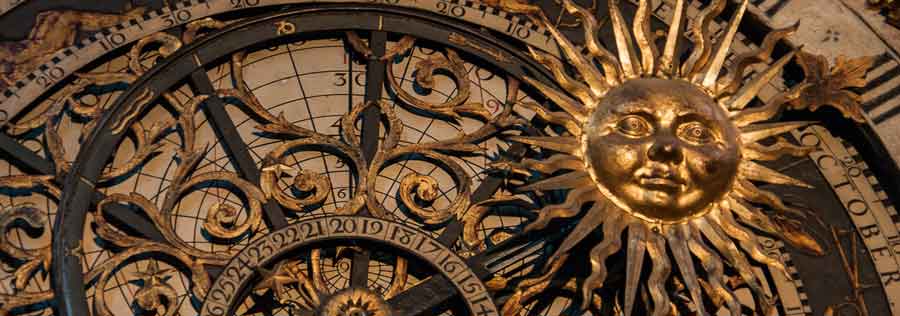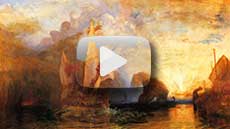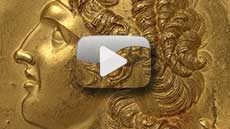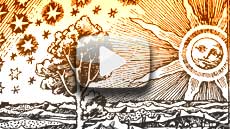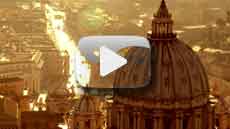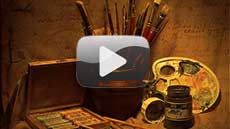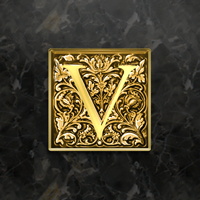The Power of Influence
Intent?
*
When looking at these artworks, ask yourself,
what was the artist's intent?
Is the artwork a result of objectively recording history,
a ceremony, a tribute or celebration?
Is the artwork illustrating a religious story?
Is it depicting an ideal? Does it rewrite history?
Remember, art is subjective
and its meanings
overlap depending on the viewer’s
knowledge and experience in art and history.
Whatever the meanings are, it is the great gift of artists,
who have the ability to tell powerful stories about
extraordinary people and historic events.
Examples of three internationally famous military history paintings
are briefly introduced here but discussed in detail
in their peroids in history.
The image detail(s)* above is:
Washington Crossing the Delaware
Washington Crossing the Delaware
, oil on canvas, 1851, by Emanuel Leutze,
Metropolitan Museum, New York.
This artwork glorifies General Washington,
the Colonial-American cause and commemorated
the military action of a critical turning point
in the American Revolutionary War on December 25th, 1776.
Full details of the artist, this painting, and more are discussed in
19th Century
art history during the movement called
"Romanticism".
*(Hover/Tap image to see more.)
See the next famous (and older) military history example:
"Napoleon Crossing the Alps"
